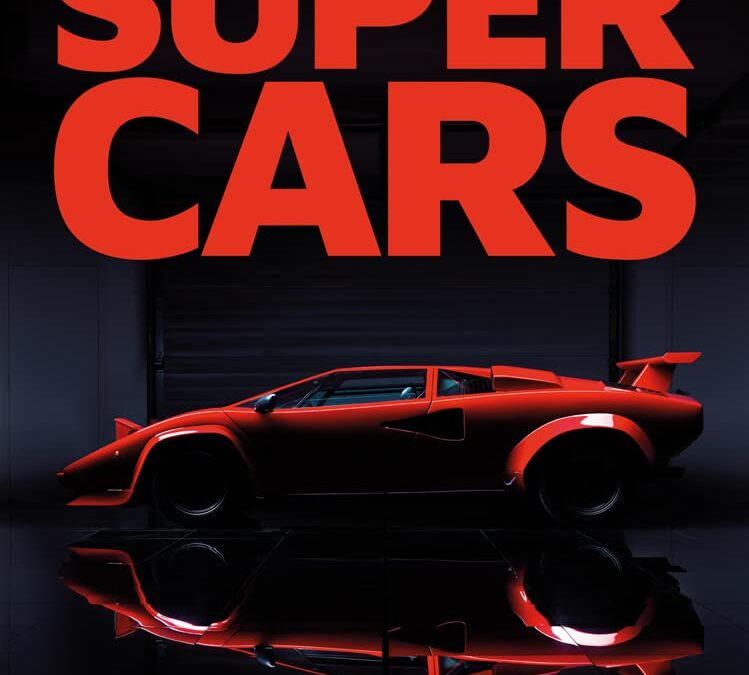
Take an authoritative, thorough, and heavily illustrated look at Triumph motorcycles, from beloved classics to popular new models!
What do Marlon Brando, James Dean, Steve McQueen, Bob Dylan, and Arthur Fonzerelli all have in common? All of these men define the very essence of cool, and all have owned Triumph motorcycles.
Originally formed as a bicycle company in 1885, in 1902 Triumph produced its first motorcycle, which was simply a bicycle fitted with a Belgian Minerva engine. From there, the company, in various iterations, went on to build some of the most iconic motorcycles of all time.
For the first time ever, The Complete Book of Classic and Modern Triumph Motorcycles 1937-Today collects all of the motorcycles from this iconic brand in a single volume. Written by respected Triumph expert Ian Falloon, all of the major and minor models are covered, with an emphasis on the most exemplary, era-defining motorcycles such as the Thunderbird, Tiger, Trophy, Bonneville, and new machines such as the Speed Triple, Thruxton, and Daytona 675.
The Complete Book of Classic and Modern Triumph Motorcycles 1937-Today will also feature important non-production models and non-factory racing and speed-record-setting motorcycles that have become integral parts of Triumph’s stellar reputation. This is a book no Triumph fan will want to be without!
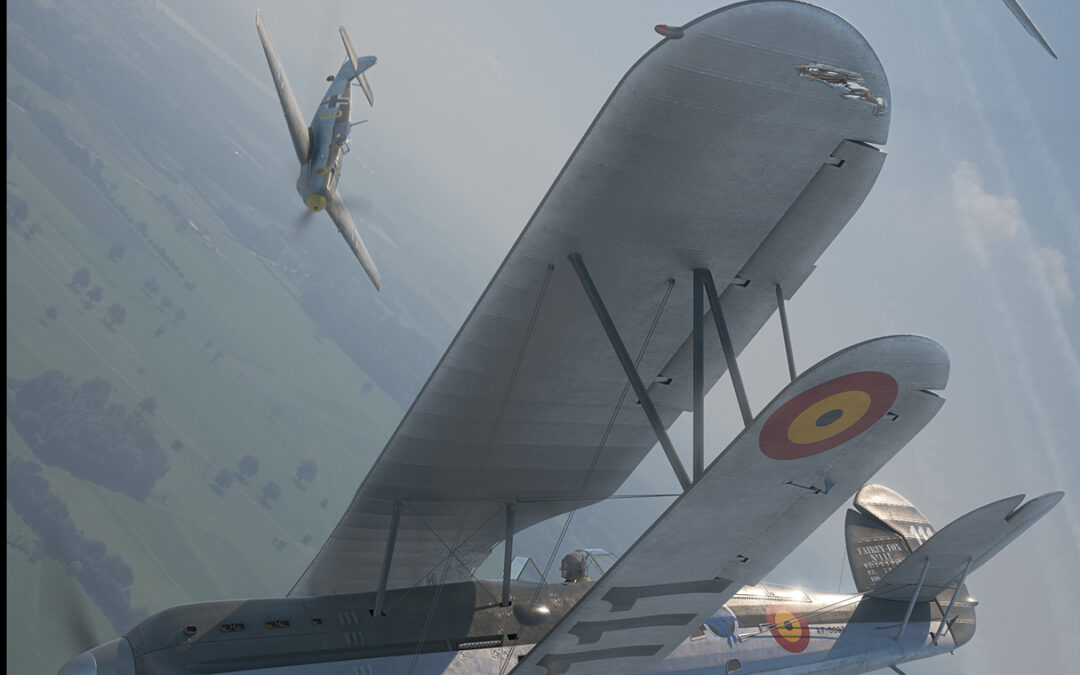
Aviation historians Edwin Hoogschagen, Yves Duwelz and Amaru Tincopa have teamed up to compile the definitive monograph describing the Fairey Fox. The bomber from 1925, saw extensive service in especially the Belgian and Peruvian air forces, but was very much liked when in service with Royal Air Force (RAF).
The aircraft survived long enough to face the mighty, high-modern Luftwaffe, when German attacked the neutral state of Belgium on May 10, 1940. During their sorties she even managed to down some German aircraft in dog fights.
The authors have managed to correct many misunderstandings and outright myths surrounding the history of the type. The volume gives a detailed description of all aircraft operated, everything well-illustrated of unique and high-quality photographs. In addition, the illustrator Luca Canossa, has made a considerable number of colour profiles, which beautifully help interpret the text.
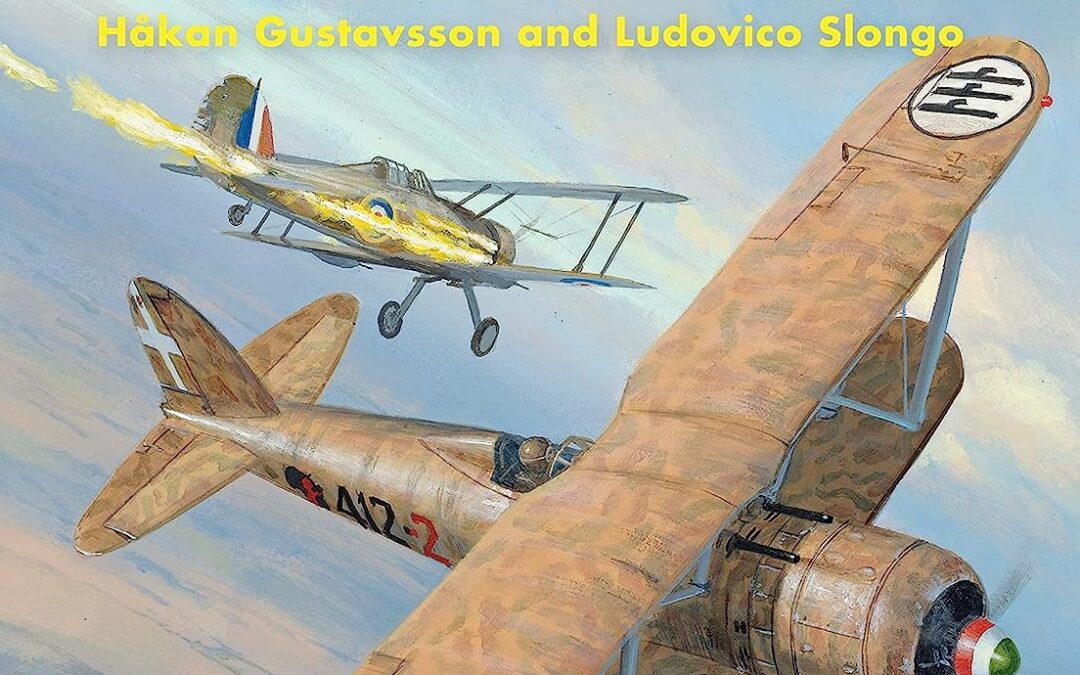
he Fiat CR.42, a logical development of the Fiat CR.32, was the last single-seat fighter biplane to be produced. It entered service with the Italian Regia Aeronautica in May 1939 before being exported to Belgium, Hungary and Sweden. Its combat debut came when the Belgian air force threw its fleet into action during the German invasion of the Low Countries on 10th May 1940. Despite being quickly overwhelmed, the Belgian pilots managed to make a number of aerial claims. The CR.42 became heavily involved in the fighting in North Africa and although it was gradually replaced by more modern fighters, it continued in a point defense and ground support role until the end of the war.
Drawing on research from a range of sources, this book examines the extensive employment of the Italian fighter plane during the course of World War II.

Whether it’s a new Formula One V10 wailing at almost 20,000rpm or the metallic howl of a classic V12, there is nothing on earth like the sound of a racing car at full speed – and if it’s a bright red Ferrari screaming by flat-out, then so much the better.
“Red Noise” has been produced by broadcast audio specialists to bring those sounds right into your living room, your car or your stereo headphones. It utilises incredible recordings made in areas that the general public can never hope to reach….with microphones mounted on the trackside guard rails, and even from right inside the famous Monaco tunnel!
Listen to the sounds of Ferraris, Maseratis and Alfa Romeos spanning more than 75 years of motor racing history and featuring the world’s most famous Grand Prix cars.
This is a genuinely unique aural experience, so push the ‘play’ button, close your eyes and let your imagination and “Red Noise” take you right to the trackside.
Ferraris – Old and New1. See Red, Hear Red! The Vintage Sports Car Club stages an annual meeting at Donington Park that is themed around Italian racing cars. ‘See Red’ is the name of the VSCC meeting and we went there to give you the chance to ‘Hear Red’ ! First there’s the harsh engine notes of a 1980 Ferrari 312T5 ‘flat-12’ (a car actually driven by Gilles Villeneuve!) This is followed by an ex-Michael Schumacher team car from 2002 which we hear idling, picking up the revs, warming up, then finally pulling out of the pits with that distinctive V10 howl.
2. Monaco Ferrari Parade There was a fantastic gathering of Ferraris at the Monaco Historic Grand Prix in 2004. We were there to record all those incredible sounds! Cars ranged from the very first Type 125 1500cc supercharged GP car as driven by Alberto Ascari to a 21st-century Schumacher V10. In fact, there were no less than five vee-tens on hand – two Eddie Irvine cars from 1997 and three Schumacher cars from 1998/99 and 2000.
3. Picking up the Pace More from La Piscine as the real demonstration got under way and the cars picked up to racing speeds. No wonder the Italian commentator was getting excited!
4. Old and New in Action Old and new cars take La Piscine en masse. The field includes both four-cylinder and V12 cars from the ‘fifties, a 3-litre Type 312 V12 from 1968 and no less than seven Type 312 flat-twelve ‘boxer’ engine cars. From more recent times there were V12s as driven by Michele Alboreto in 1987, Nigel Mansell in 1990 and Alain Prost in 1991. And last, but very far from least, were the five Irvine and Schumacher vee-tens! They all mean music to the ears of the ‘Ferraristi’….
5. More from Monaco More ‘red noise’ from the Monaco 2004 Ferrari tribute high-speed demonstration laps. Similar to the previous tracks but too good to waste – especially as we were recording with microphones actually right on the Monaco trackside guard rails!
6. Flat-Out Red! And now for a change of recording point – here are Ferraris- old and new – passing at speed on the Monaco start/finish straight.
7. Generations Apart A 1999 ex-Schumacher Ferrari V10 takes La Piscine in conjunction with a rear-engined Ferrari 246 ‘Dino’ V6 that Italy’s Lorenzo Bandini took to second place here at Monaco in 1966. Then comes a 2.5 litre Ferrari Type 625 – the car that Frenchman, Maurice Trintignant, won Monaco with in 1955. The old front-engined ‘four’ takes La Piscine in conjunction with another modern Ferrari V10.
8. The Ferrari Type 312 V12 Sit back and listen to the first Ferrari Type 312 warming up and blasting through the Monaco tunnel.
9. Jackie Ickx Remembers Belgian Grand Prix and Le Mans star, Jackie Ickx, was a young Ferrari driver in the early nineteen-seventies. He remembers those times for us and tells us what it was like to race at Monaco back then.
10. Flat-Twelve Ferraris Not until Ferrari re-designed its 3-litre V12 did they start scoring World Championship successes again. It powered Niki Lauda to world titles in 1975 and 1977, as well as Jody Scheckter in 1979. The engine had a distinctly harsh note. We hear it warming up at Monaco, then making several echoing passes through the Monaco tunnel and, finally, negotiating the La Piscine sequence of tight turns.
11. The ‘Other Flat-Twelve’ There was another ‘flat-twelve’ built in Italy during the seventies, this one by the Alfa Romeo team in Milan. This is what that car would have sounded like back then, warming up and then blasting off, flat-out.
12. The Last F1 Vee-Twelves Ferrari stuck with V12 engine power right through the mid-nineties with Frenchman, Jean Alesi and Austria’s Gerhardt Berger driving the Type 412 team cars until the end of the 1995 season. By then, it was obvious that the V10 layout was definitely the most efficient of all of the Formula One options. Even so, the heavier, longer V12 took the 412 to a number of GP wins – and it sounded great in the process!
13. Into the 21st Century This is the unmistakable sound of V10-powered Ferraris howling by our microphones on the trackside barriers. First we hear some individual passes, then a whole group of vee-tens finish the track. These are all cars driven by either Michael Schumacher or Eddie Irvine between 1997 and 2000.
Maserati from Modena
14. Vintage Red Maserati is one of the oldest names in motorsport. Listen to a couple of vintage Maserati racers warming up – a four-cylinder 4CLM from 1939 and a six-cylinder 6CM from the 1937 season. These supercharged 1500cc cars would have raced in the ‘voiturette’ class – the nineteen-thirties equivalent of the Formula Two (or GP2) category.
15. A Fifties Favourite The six-cylinder Maserati 250F was one of the favourite 2.5 litre Formula One cars of the fifties – both with the fans and with its drivers. Listen to a group of them fire up, pull out of pits and then pass by on a flying lap.
16. Maseratis En Masse! A full field of twenty cars in a ‘Maserati-only’ race at the Vintage Sports Car Club’s ‘See Red’ event at Donington Park. They range from pre-war four, six and eight-cylinder supercharged cars to a whole pack of what is one of the most-admired Grand Prix cars of all time, the six-cylinder Maserati 250F. Hear them on the parade lap, and in race action through Redgate Corner.
17. Maserati at Monaco The throaty sound of a six-cylinder Maserati 250F as it warms up, followed by the rumble and the roar of a full field of ‘fifties Formula One cars on their warm-up lap.
18. Monaco Shark Hunt! The three-pronged trident is famous as the weapon of Neptune, or Poseidon – the God of the Sea and it has also always been the emblem of Maserati. So it’s perhaps appropriate that we hear a pack of 250F Maseratis chasing a Ferrari Type 555 ‘Squalo’ – or ‘Shark’ through the tight left-hander before Monaco’s Rascasse hairpin.
19. GP Rivals Warm Up A Bugatti Type 35 warms up in the Monaco pits. It carries the racing blue of France where the cars were built. Then an Alfa Romeo P3 is push-started into life and joins the mechanical chorus.
20. Right on the Rail! A full field of more than thirty great cars of ‘the golden age’ rumble around on a warm-up lap, take the start and attack the opening laps of a race around the Monaco streets. You are right up with the action thanks to our stereo microphones positioned right on the trackside safety barriers.
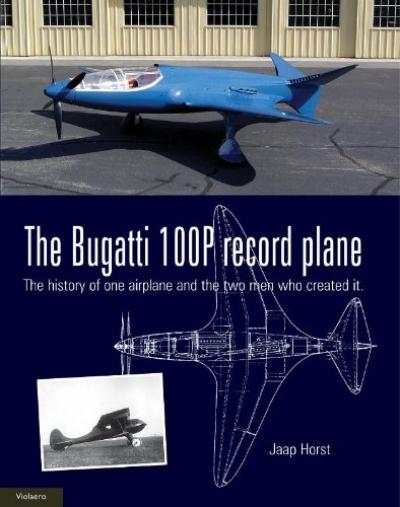
“The development of this extremely advanced airplane with many novel features was started in 1937, for which Ettore Bugatti had hired the Belgian Louis de Monge as chief engineer. The first version of the airplane was planned as a speed-record airplane, a military version was to follow later. Tragically the Bugatti 100P airplane never flew, the Germans invaded Paris where it was being built before it was 100% ready. The airplane surprisingly survived the war, and still exists in the EAA museum in Oshkosh, USA. Both engines exist, and were built into Bugatti race-cars. Currently a flying replica is being constructed in the USA, built in such a way, that it will be aerodynamically the same as the original.
This book for the first time describes the complete history of this wonderfully beautiful streamlined airplane, as well as all of its novel systems. Also, the histories of both the plane’s creators are followed, from the early years of aviation.
Ettore Bugatti is of course well-known through his race- and sportscars from the years in between both worldwars, but he was also interested in many other technical devices. During the first world war airplane-engines were designed and built, the book describes these engines and derivatives in detail, showing also all the airplanes which used these engines, including the world’s first fully functional “modern” helicopter.
Louis de Monge built his first airplanes before WWI, during WWI he designed and produced modern propellers, sold under the name Lumière. After WWI many, often technically advanced, designs were made. The complete history of his many interesting inventions and lack of commercial success is published here for the first time.
“
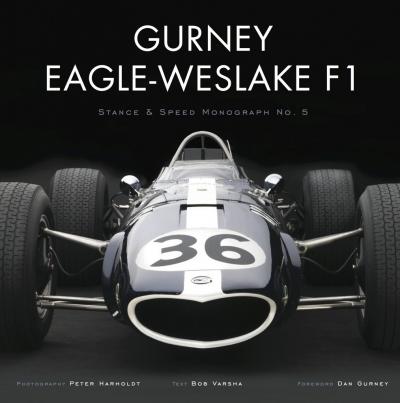
“In 1967 Dan Gurney gained a permanent place among America’s greatest racing heroes. Driving his Gurney-Weslake Eagle, he won the Belgian Grand Prix and became the only American to win a modern-era European Grand Prix race in an American car. In doing so he defeated such legends as Jim Clark, Graham Hill, Jack Brabham, and Jackie Stewart, more established teams like Ferrari and Lotus, and conquered the menacing Spa-Francorchamps circuit itself, much of which was made up of dangerous and narrow public roads that the racers traversed at speeds approaching 200 mph.
This exciting new addition to the Stance & Speed Monograph series is written by broadcasting veteran Bob Varsha, known to American racing fans as the voice of Formula One races on Speed TV for more than a decade. As always, the photography of Peter Harholdt enhances the classic beauty of the car, while Gurney himself adds a foreword in which he reflects on this remarkable car and his legendary accomplishment.
”


